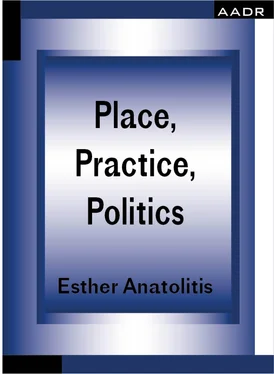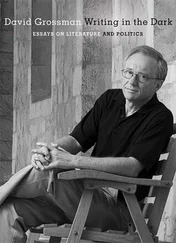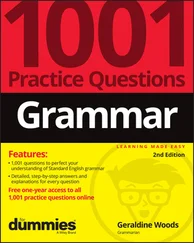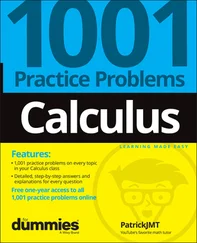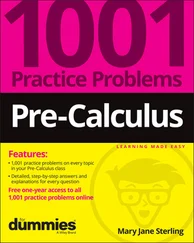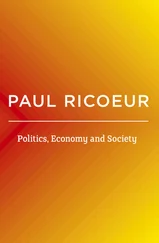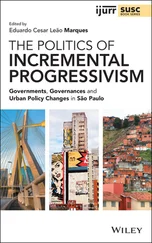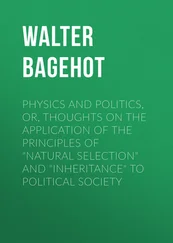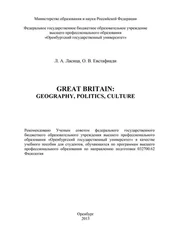Place
Practice
Politics
Esther Anatolitis
The First Peoples of Australia are the world’s oldest continuing culture. Their sovereignty has never been ceded. This book was written on the lands of the Boon Wurrung, Bunurongand Wurundjeri Woi-wurrungpeople of the Eastern Kulin Nation. Some of the work it draws on was written on the lands of the Gadigalpeople of the Eora Nation, on Wangkatjalands, on Ngunnawal, Ngambriand Ngarigulands, and on the lands of the Dja Dja Wurrung. I honour and respect your Traditional Owners and Elders past and present.
Introduction: Where to Live, How to Live, How Best to Live
Engagement as an Ethic and a Practice
Step 1: Survey the Scene
Taking Your Curatorial Position
Deep Practice, Experimental Practice: A Set of Exercises
The Artist and the Prime Minister
“Creative Imagination” or “Quiet Australians”?
How to Make Yourself a Writing Retreat
Supershared/Occupied
Can Any Artform Claim ‘the National Psyche’?
Index-System: First Steps
Writing as Public Performance
Art ⇆ Architecture
Top 10 Questions for the Next CEO of the Australia Council
New Techniques for a Practice of Letting Go
Index System: All Cards to Date
Plan Unintended Consequences
Finding the Time in the Day
Recognising Artistic Leadership as Political
‘If Our Government Wants Cultural Life to Return, It Must Act Now’: An Open Letter from Australia’s Arts Industry
Checklist: Advocacy Tactics
Index System: What Writing Means to Me
From Coping to Flourishing in the New Decade: Five Strategies
Packing List for a Practice Retreat
The Confidence to Lead the Nation
Epilogue: Leadership? It Must Be Up to Us
Introduction: Where to Live, How to Live, How Best to Live
Place, practice and politics are what define us.
Where to live? How to live? How best to live?
These questions can ground us deeply – but they can also unsettle us profoundly, exposing the conflicts at the very heart of who we are.
Our relationships to home, neighbourhood, society, environment and country are complex, especially at their most intricate intersection: the civic space. What agency do we have in the situations where we contest ideas, make decisions and create our culture? What collaborations are we complicit in? What do we passively condone? What futures are we designing by default?
What are we just too busy to participate in – what escapes our attention? What relies on that distraction? How can we incorporate an active civic engagement into our professional and creative practice – into our everyday lives?
The world keeps taking shape around us.
As our work evolves, distant decisions shape our lives. And if it’s not our voices shaping our future, it’s somebody else’s:
somebody with the resources and connections to pursue specific interests rather than the public good. Probably a lot of somebodies. Most likely, right when we’re in the middle of getting on with everything that keeps us too busy to think through all the consequences.
Artists, architects and designers are in a unique position to shape our culture. It’s what we do. It’s all we do. Yet despite all the ways we create and communicate compelling work, we’re not inspiring meaningful engagement with the civic realm, nor are we leading by example. We’re not prominent in our national conversations, despite the many ways in which we create those public spaces.
In Australia, as in many parts of the world, this has been a time of significant political change. Greatly valued cultural institutions have been undermined or dismantled. Hateful voices have been legitimated. Disadvantage has deepened. Under the cover of pandemic response, all of this has accelerated, further eroding the civic realm across public media, academia, social safety nets, arts and culture. And we’ve all been even busier, desperately focused on working out how to get through at all.
This little book is not offered as a memoir, nor a personal reflection, but rather, as an incomplete record of work focused on unknown publics and unknown futures, of wanting to be more political at a time when things keep getting in the way.
It chronicles two decades of contributions to a broad set of public discussions, from a range of different standpoints – from leading small non-profits in the arts, independent and public media, as well as academic and creative work in architecture and design. Alongside my professional obligations, I’ve remained committed to civic engagement as its own set of duties, essentially interconnected.
With only a little discrimination, I have brought some pieces together for the first time, integrating and annotating to situate them once more in that day-to-day juggle for primacy – and then, jettisoning that imperative, creating instead a whole new set of relationships.
This effect can be jarring, but everyday life is jarring. Taking leaps across spatial, creative, professional and political work, this is an unsettling text. Distractions become key focuses as the political comes to fore – and as the impossibility of the politically neutral position once again becomes devastatingly clear.
Most unexpectedly, this also creates a hospitality: a private environment made public for the purpose of welcoming us back in, treating me like a stranger to be re-acculturated, and you as my guest in this tentative space.
Among those selections there are also critical pieces about art and its value. Creative works; projects; lists; critiques; reflections. Because we cannot remind ourselves often enough about the value of art in our lives. And maintaining a creative practice is always an exercise in disciplined engagement.
So which is the primary practice and which is the minor? The very question is a violence. Let’s dismiss it. After all, what are the culture wars, if not that very question? The deliberate reframing of what we value; the attempt to delegitimise that value; worse, to weaponise it. To co-opt, to undermine, to attack. To relegate as minor.
And yet, at the same time, the culture wars are always inadvertently empowering – a political own goal. They recognise art’s great power to make our hearts leap from our chests into collective strength. Nationalism fabricates this cultural unity – or at least, it tries its best to propose the myths and symbols that might constitute a nation. And it always fails, because it persists in underestimating the collective strength that can only come from diversity. Actively creating our own culture, and living comfortably with its uncertainties, its interstices, its generative tensions. Every attempt to confect cultural unity fails, no matter how “one and free” 1it might dictate us to be.
This work is offered as a handbook for integrating that engagement into our daily practice. It includes tactics for finding the language, the outlet, the moment. Exhortations that pin the ineffable value of contemporary culture onto a specific industry or political issue. Moments of articulation that can stimulate active participation, active engagement, active citizenshiP.
Because what truly grounds us the most are the very tensions that unsettle us – and unless we engage them directly, we will continue to jeopardise our place, our practice and our politics.
It’s one particular perspective, of course, one embodied in queer feminism. A Melburnian perspective, a Greek-Australian perspective. A private citizen with a public ethic – one that draws on millennia of philosophical enquiry and political debate.
Читать дальше
